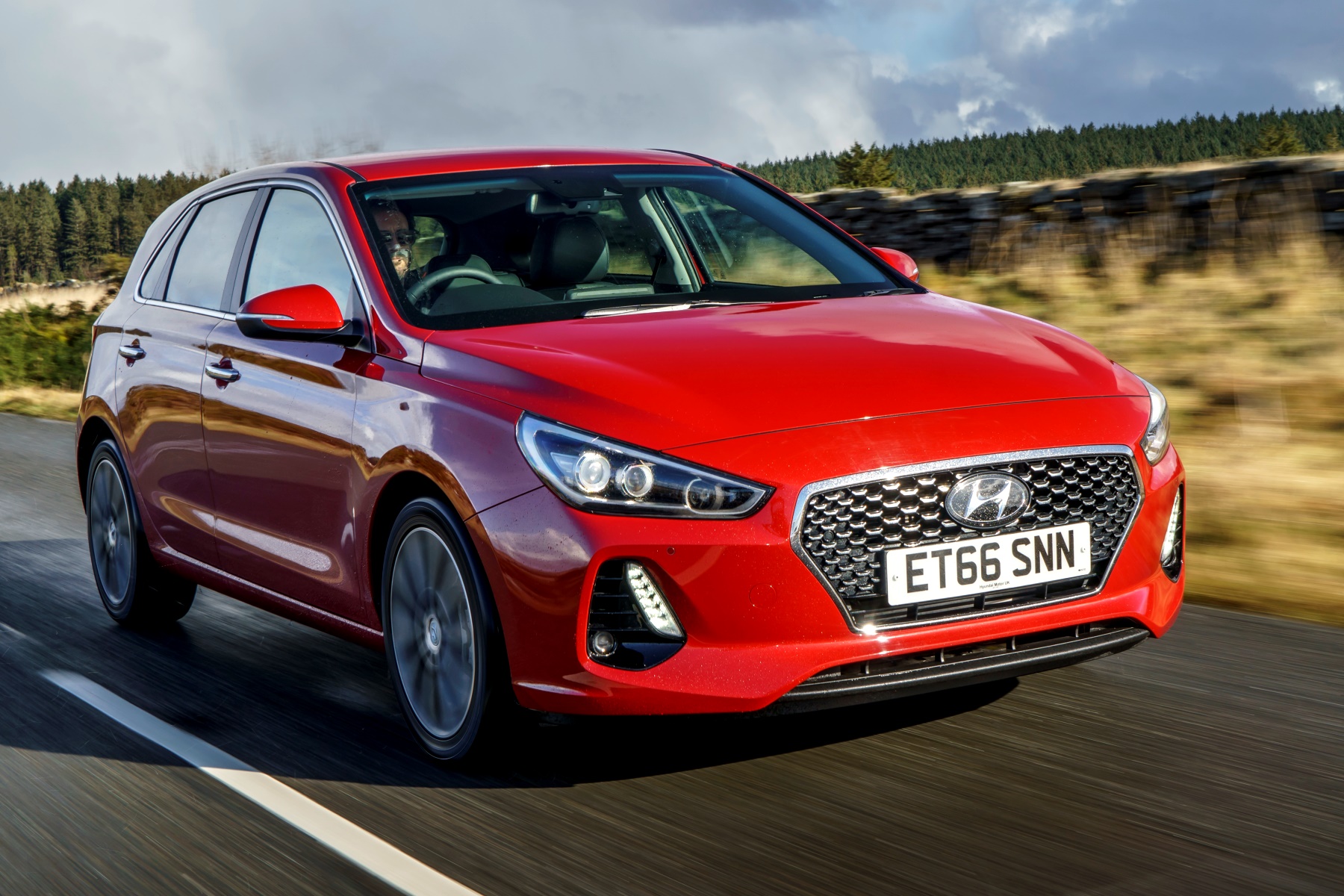[ad_1]
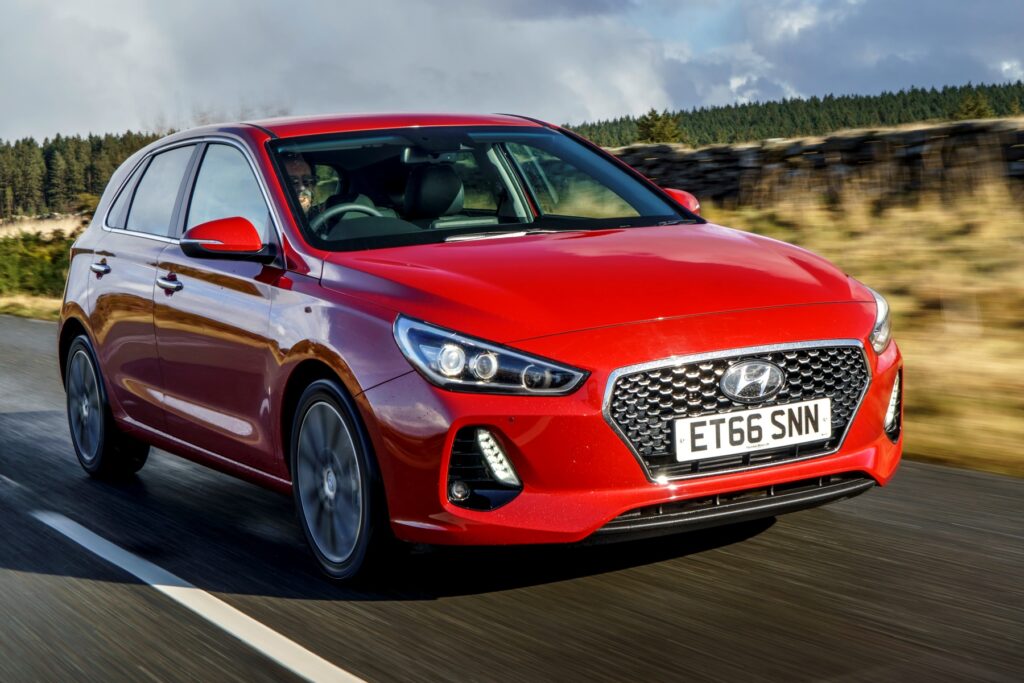
Hyundai is on a role and the latest proof of this is the new i30. Now in its third generation, the medium -sized family slanted rear is stylish, well packaged and easy to drive.
In fact, it is so improved that it is able to delete your shoulders with the best cars in your sector, which is not an easy performance when you consider that your competitors have the VW Golf, Ford Focus, Vauxhall Astra and Kia CEE ‘D included.
The i30 speaks Hyundai’s deep new signature “Cascading cooler grille” at the end of a long nose, slim lines and rear spoilers and definitely looks more sporty. With an air resistance coefficient of only 0.30, it is less than a million miles from the Fiat Tipo in the profile.

It is a similar story inside, in which the combination of clean design, technology and processing quality of the cabin gives a more classic feeling.
Depending on the selected equipment level (there are five of S, S, SE and SE NAV to Premium and Premium and Premium SE), the center console is dominated by an excellent 8-inch touchscreen in which Audio, Sat Nav, Heck are located- Excellent connectivity.
The rest of the dashboard layout is attractive on unfoot, intuitive way, while the soft touch plastics contribute to the general feeling of quality.

The seats and the driving position are comfortable and there is plenty of space in front and back, which means that the transport of five adults in full size is realistic.
The trunk is also folded by a decent 395 liter or 1,301 with the 60/40 rear seats. In addition, numerous storage rooms are distributed in the cabin, and there is a practical “skiing hatch” that is installed in the rear seats to load longer objects.
The price of 16,995 GBP is the i30 range with a selection of three engines – two petrol engines and one diesel.
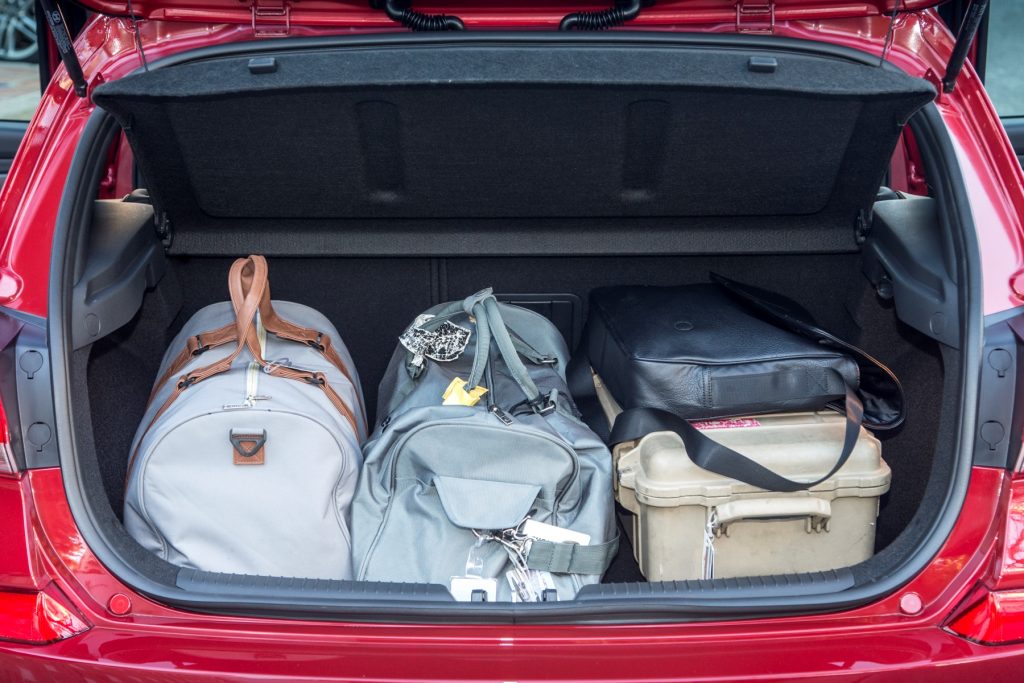
My test car in Premium-Trim was delivered with the willing new 138 hp 1.4-liter turbo engine with turbocharger at 62 miles per hour in 8.9 seconds, up to 130 miles per hour, during 124 g/km CO2 and up to 52.3 MPG can be returned.
There is also a powerful 1.0-liter three-cylinder petrol turbo of 118 hp, which is a little slower to 62 miles per hour (11.8 seconds), although it can return 56.5 MPG and 115 g/km CO2 gives.
The 108-PS-1.6-liter CRDI diesel engine is capable of 74.3 MPG and only emits 99 g/km CO2.
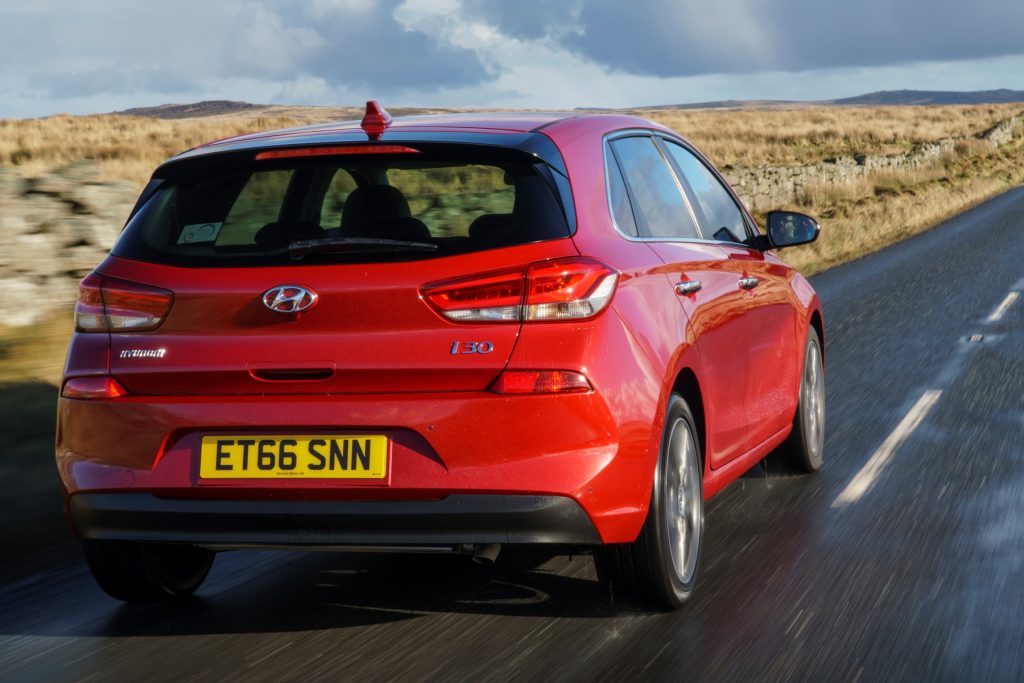
The two larger engines are either combined with a 6-speed manual transmission or a 7-speed dual clutch transmission (automatically), although the 1.0-liter transmission is only available with the manual. I only tried the manual, which was okay, although not in the same league of swampness as a Mazda.
If you are looking for a hot hat, the standard i30 is not for you, or you have to wait for the upcoming sporting version of the car, the first to be available from Hyundai’s New ‘n’ performance sub-fire.
The i30 can also disappoint buyers who want to personalize their cars with funky colors and trimmers. It is a black and gray affair inside, while the outer color options are on the conservative side.

This means that the 1.4-liter T-GDI is not a slouch above all, while it feels on the street and the handling with little body role is significantly improved. The level of engine tanning is particularly impressive.
The steering is easy, the journey is comfortable and drives well, although there are noticeable street noises at higher speeds.
The i30 is exceptionally well equipped, with safety committees such as AEB (autonomous emergency braking), lung wastewarming and ESC standard (electronic stability control) going beyond the area beyond the area.
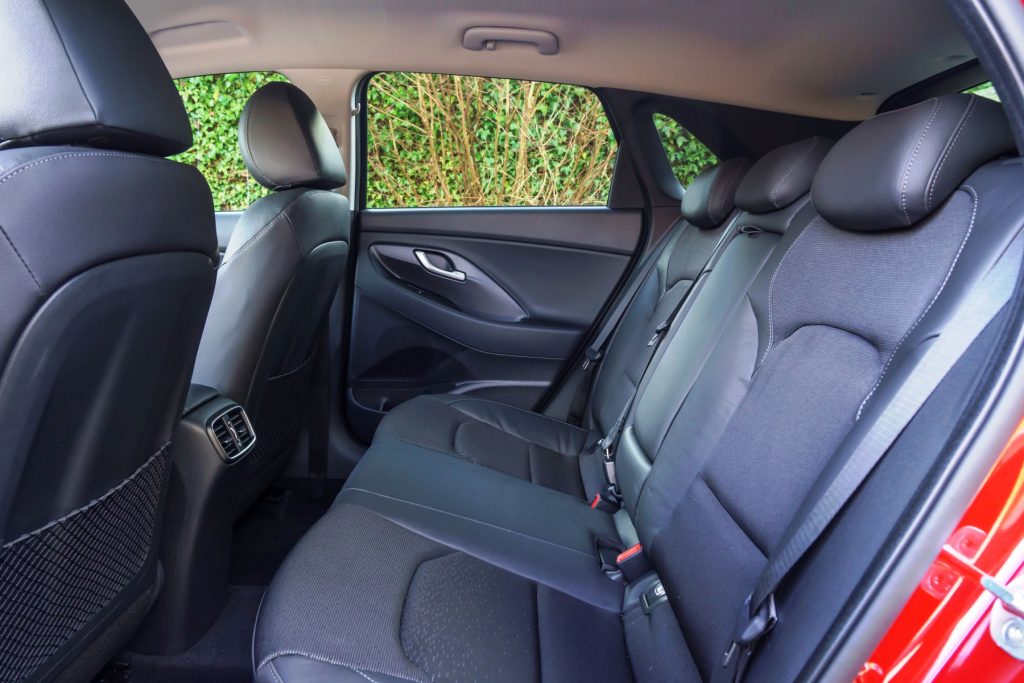
However, we recommend that you stretch to SE NAV, Premium or Premium SE so that you can get the 8-inch touchscreen and other delicacies such as detection of blind and charging processes for blind stains.
Verdict: The new Hyundai i30 is an impressive package that is good in a very competitive sector. Coloured, well -equipped, safe and easy to drive, it is a solid choice, thanks to Hyundai’s excellent five -year -old unlimited kilometer guarantee, which includes support for roadside.
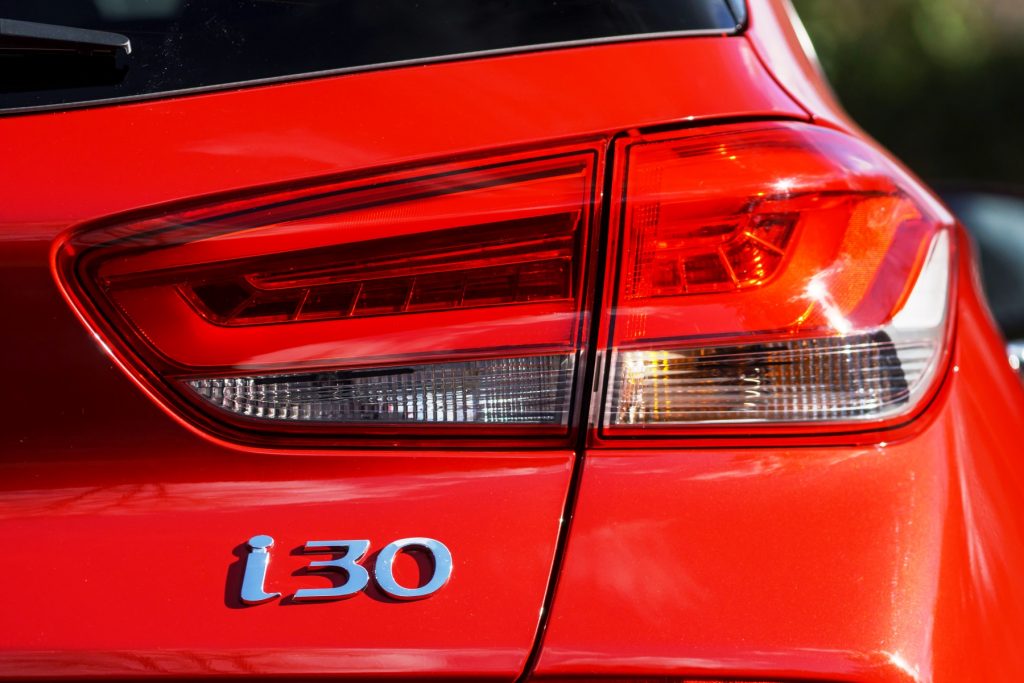
[ad_2]
